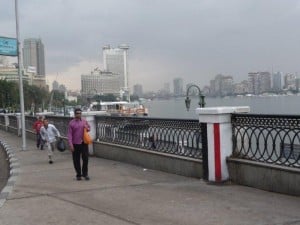
Tel Aviv Bauhaus
Tel Aviv could not be more different than Jerusalem. It talks like New York and looks like Miami Beach. While it has more hustle than Jerusalem it was also more laid back. In Tel Aviv, the Bistro where we ate lunch offered ham sandwiches (we went for the corned beef.). We could also get a cheeseburger, not Kosher, and not Jerusalem. With each delivery the waitress said “enjoy” just like in New York. Tel Aviv has over 4000 Bauhaus school of architecture buildings, built by Jewish Socialists in the 1930s, and because of that, is a world heritage site. We … Continue reading Tel Aviv Bauhaus






















